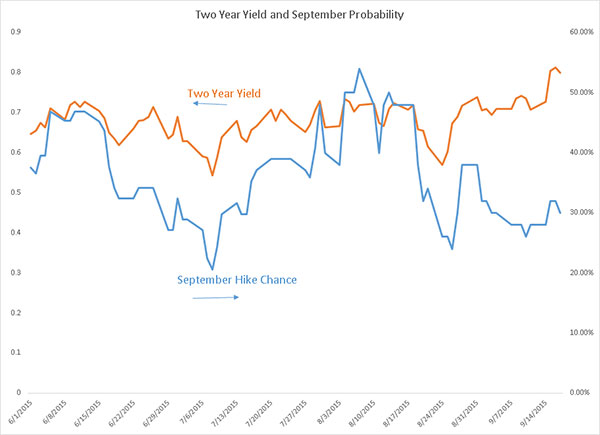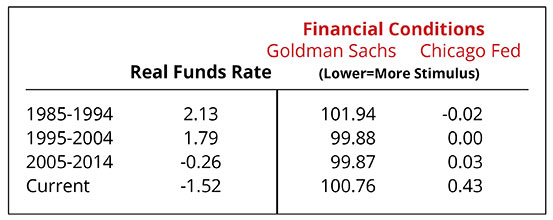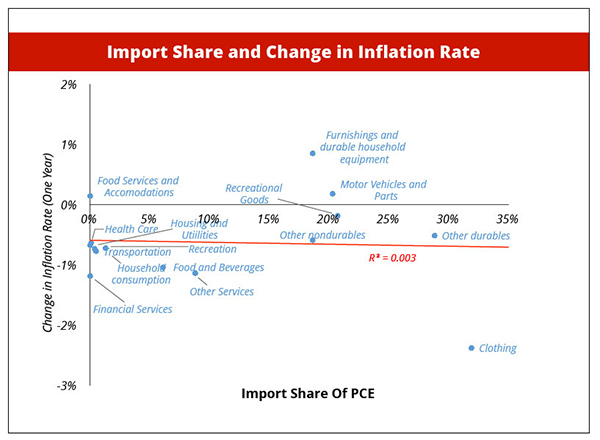Last week, the Treasury announced their recommended approach to the profound economic and financial crisis engulfing How things play out from here will be an important test of whether or not Washington is, as some allege, controlled by financial interests.
The Puerto Rican economy has declined by more than 10 percent since 2006 and employment has declined by 14 percent. Nearly 2.5 percent of the population left the island in 2014.
The problems are in part structural, coming from the combination of labor costs close to the US level but productivity more comparable to the richer nations of the Caribbean. They are in part cyclical, as the bursting of a real estate bubble has led to sustained bank deleveraging: the overall balance sheet of Puerto Rican banks has declined more than that of Greece. And they are in part a result of weak Puerto Rican policy going back many years.
This rate of decline is only likely to increase, as Puerto Rico starves basic public functions to service its debts to the greatest extent possible, and eventually defaults in an uncontrolled way that produces financial chaos.
Unfortunately that is what lies ahead for Puerto Rico without Federal government action. Already Puerto Rico’s debt exceeds its GNP, and debt service takes one third of its tax revenue, compared with the 5 percent average for US states. Debts are currently being serviced only through emergency measures that cannot be sustained even to the end of the year. This is well recognized by markets. The benchmark Puerto Rican bond carries yields of over 11 percent, and in some cases, Puerto Rican bonds trade at only 30 cents on the dollar.
Right now the situation is frozen. Puerto Rico has little to gain from reforms that increase economic growth if the extra resources will all go to its creditors. In any event it has proven itself incapable of responsible economic management. On the other hand no individual creditor or group of creditors, even if they bought a claim for 30 cents on the dollar, is motivated to accept less than full payment as long as other creditors are going to be paid in full. So Puerto Rico’s economy spirals down and the value of its debts declines alongside it.
What needs to be done? There are two crucial requirements that parallel any situation of financial distress. First, Puerto Rico needs to adjust its policies so that its economy can compete in the modern world and its government has sustainable finances. Second, a realistic settlement needs to be reached where Puerto Rico is protected from its creditors and their claims are adjusted to realistic levels. These two elements are present when a company goes into Chapter 11, a country goes to the IMF or a municipality files for bankruptcy.
Unfortunately, there is no legal provision in the bankruptcy code under which Puerto Rico can file, because it is a territory not a municipality. This means that there is no overall framework in which debts can be written down in an equitable way that respects their legal status, and there is no way in which support for Puerto Rico can be officially tied to policy reforms. Without an extension of the bankruptcy code to cover territories, there is no way of resolving Puerto Rico’s situation.
An extension of the bankruptcy code to cover Puerto Rico is the centerpiece of Treasury’s proposal. The proposal makes the judgement that a comprehensive plan is necessary. The development of the plan it leaves to Puerto Rico, its creditors and the judiciary. Treasury takes the bold and, I believe, appropriate step of proposing a bankruptcy procedure that can address all of Puerto Rico’s debt and pension issues, rather than excluding some debts from consideration altogether.
It is hard to see why people of good will should oppose such a measure. Some argue that there has as yet been insufficient forensic accounting. At one level this is true. Before an actual restructuring in bankruptcy plan could be agreed, much more financial analysis is surely required. But enough is known now to leave no doubt: Puerto Rico’s debts cannot be serviced in full and so a bankruptcy procedure is required, even if its precise outcome cannot be predicted. One of the many virtues of a bankruptcy procedure is that it will provide the financial analysis that is required to move forward.
Others suggest that if Puerto Ricans just tighten their belts all debts can be paid. This is absurd given the size of the debts, the prices at which they are trading, and the rate of collapse of Puerto Rico’s economy. This is a case like most where insolvency is being acknowledged too late. If Puerto Rico had acknowledged its insolvency earlier – rather than trying to paper things over by issuing debt with a yield of close to 9 percent to a group of hedge funds – its creditors, its people, and the American economy would all have been better off.
The constituency opposing bankruptcy is largely comprised of those who are hoping for large capital gains on Puerto Rican debt. If they are able to block the establishment of a framework for dealing with Puerto Rico’s debt, it will be a tragedy for Puerto Rico. It will also be a profoundly troubling reflection on the power of special interests in Washington. Let us hope that the Treasury’s prudent approach will prevail.




